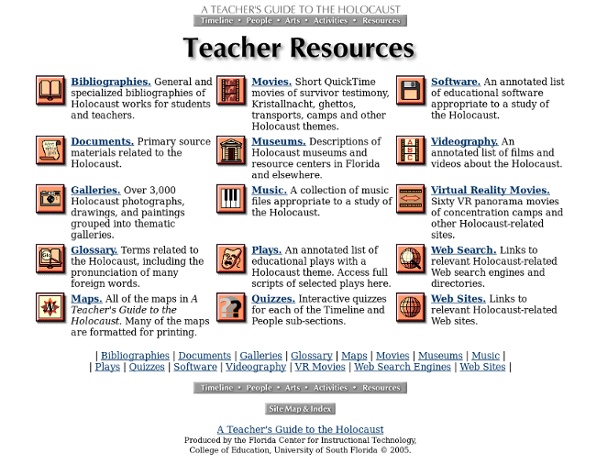



http://fcit.coedu.usf.edu/holocaust/resource/resource.htm
Holocaust Timeline Jump to: 1938 1939 1940 1941 1942 1943 1944 1945 1933 January 30, 1933 - Adolf Hitler is appointed Chancellor of Germany a nation with a Jewish population of 566,000. February 22, 1933 - 40,000 SA and SS men are sworn in as auxiliary police. February 27, 1933 - Nazis burn Reichstag building to create crisis atmosphere. February 28, 1933 - Emergency powers granted to Hitler as a result of the Reichstag fire. March 22, 1933 - Nazis open Dachau concentration camp near Munich, to be followed by Buchenwald near Weimar in central Germany, Sachsenhausen near Berlin in northern Germany, and Ravensbrück for women. March 24, 1933 - German Parliament passes Enabling Act giving Hitler dictatorial powers.
colourful bubbles & some common sense! We mentioned in our post on Ellie V Pullen Preschool last term, that the children were enjoying a bubble blowing art activity. Bubble mixture (just water and detergent) are placed in a bowl with some Edicol dye added. This is an activity we’ve done many times over the years – children love it! Ancient Civilizations: Maya Global rating average: 0.0 out of 50.00.00.00.00.0 These websites are about the Mayas and their culture. There are lesson plans, maps, timelines, quizzes, and cartoons. There is information about their culture, government, religion, and more. Includes a link to eTheme resources on Native Americans: Maya and Ancient Western Civilizations. Grades
How Do Americans Save Money? - Share this infographic on your website, simply copy and paste the source code in the box below to your website. How Do Americans Save Money? A Closer look at Savings: How Americans Spend Their Paycheck Hiroshima Atomic Bombing Remembered with Google Earth During the final days of World War II, the United States dropped devastating atomic bombs on Hiroshima and Nagasaki. More than 65 years later, Hidenori Watanave, an associate professor of Tokyo Metropolitan University, has created a digital archive to preserve the memory of the Hiroshima bombing. A complement to the Nagasaki archive launched in 2010, the Hiroshima Archive layers historical resources into Google Earth, giving users the chance to explore a panoramic view of Hiroshima, survivor accounts, aerial photos, 3D topographical data, and building models. The documents are all written in Japanese, which creates something of a language barrier for many readers. But a tour through the archive will tell you something important — something important about the Hiroshima bombing and how we’re memorializing the past in our new digital age.
Where Children Sleep: James Mollison's Poignant Photographs by Maria Popova What the Amazon rainforest has to do with the Kaisut Desert and Fifth Avenue luxury. On the heels of this morning’s homage to where children read and learn comes a curious look at where they sleep. That’s exactly what Kenyan-born, English-raised, Venice-based documentary photographer James Mollison explores in Where Children Sleep — a remarkable series capturing the diversity of and, often, disparity between children’s lives around the world through portraits of their bedrooms. The project began on a brief to engage with children’s rights and morphed into a thoughtful meditation on poverty and privilege, its 56 images spanning from the stone quarries of Nepal to the farming provinces of China to the silver spoons of Fifth Avenue.
medieval Wouldn't it be terrific to travel back in time to explore a castle and see knights in shining armor and beautiful princesses? Just think of all the magnificent sights and heroic tournaments you would witness! But what was it "really" like to live in Medieval Times? Teachers Library of Congress Primary sources are the raw materials of history — original documents and objects which were created at the time under study. They are different from secondary sources, accounts or interpretations of events created by someone without firsthand experience. Examining primary sources gives students a powerful sense of history and the complexity of the past. Helping students analyze primary sources can also guide them toward higher-order thinking and better critical thinking and analysis skills.
World War II: Pearl Harbor - Alan Taylor - In Focus On December 7, 1941, the Imperial Japanese Navy launched a surprise attack on the United States, bombing warships and military targets in Pearl Harbor, Hawaii. More than 350 Japanese aircraft attacked the naval base in two waves, strafing targets, dropping armor-piercing bombs, and launching torpedoes toward U.S. battleships and cruisers. The U.S. forces were unprepared, waking to the sounds of explosions and scrambling to defend themselves. The entire preemptive attack lasted only 90 minutes, and in that time, the Japanese sunk four battleships and two destroyers, pummeled 188 aircraft, and damaged even more buildings, ships and airplanes.
5 Must-Read Books by TED Global Speakers, Part 2 by Maria Popova From life before birth to living with death, or what marine life has to do with global equality. With TED Global a mere 24 hours way, it’s time for the second part of this year’s reading list of books by TED Global speakers, a continuation of the first installment of five featured here last month. Here are five more powerhouses of cognitive stimulation for your vicarious TED experience, spanning everything from philosophy to economics to marine biology.